Japanese Cheesecake
Your folders
Your folders
Servings: 11

Ingredients
Export 6 ingredients for grocery delivery
Instructions
Step 1
Heat the oven to 375°F with a rack in the middle position. Lightly brush the bottom and sides of a straight-sided, 2-inch-deep, 9-inch round cake pan with melted butter, then line the bottom with a round of kitchen parchment. Cut two 15-by-3-inch strips of parchment, then use them to line the sides of the pan, forming a “collar.” The parchment will stand taller than the pan sides and the ends of the strips will overlap. Have ready a roasting pan to hold the cake pan and a water a bath. Fill a teakettle or saucepan with 1½ to 2 quarts water and bring to a simmer.
Step 2
In a medium saucepan, combine the butter, cream cheese, milk and salt. Set over medium and warm the ingredients, whisking, until completely smooth; it's fine if it bubbles gently at the edges, but reduce to low if needed to avoid scorching. Transfer to a large bowl and let cool while you whip the egg whites.
Step 3
In the clean bowl of a stand mixer, combine the egg whites, sugar and lemon juice. Using a clean whisk attachment, mix on medium until the sugar is evenly moistened, about 10 seconds. Increase to high and whip until the whites are glossy and hold soft peaks, 2½ to 3 minutes; do not overbeat.
Step 4
Sift the flour into the cream cheese mixture, then whisk until completely smooth. Add the egg yolks, vanilla and lemon zest; whisk until homogeneous. Scoop about one-third of the whipped whites onto the mixture and fold until lightened; it’s fine if a few white streaks remain. Scrape the remaining whipped whites onto the lightened cream cheese mixture, then gently fold until no streaks remain. The batter will be light, airy and pourable.
Step 5
Pour the batter into the prepared cake pan. Gently rap the pan against the counter to release any large air bubbles, then, if needed, smooth the surface with the spatula. Set the cake pan in the roasting pan and carefully pour simmering water into the roasting pan to about a ¾-inch depth; do not overfill or the cake pan will float.
Step 6
Place in the oven and immediately reduce the temperature to 300°F. Bake, without opening the oven door, for 65 minutes; the cake will be well risen and lightly browned. Leave the cake in the oven and very gently press the center with a finger; it should have just a little springiness but should not feel bouncy. If it is very soft and yielding, bake for another 5 to 10 minutes before testing again. When done, leave the cake in the oven, turn off the heat and prop open the door with the handle of a wooden spoon or a rolled-up kitchen towel. Cool for 15 minutes.
Step 7
Remove the roasting pan from the oven. Lift the cake pan out of the water bath and set it on a kitchen towel. Using scissors, trim the excess parchment from the collar; it’s fine if the parchment is not perfectly level with the surface of the cake. Lay a folded dry kitchen towel over the cake to prevent sticking, then gently invert a large but not heavy plate (or a springform- or tart-pan base) onto the cake. Lightly holding the plate and cake pan together, invert the two. Lift off the cake pan and peel off parchment round. Now invert a serving platter onto the cake, then, gently holding the plate and platter together, re-invert; lift off the plate and kitchen towel and peel away the side strips of parchment. Cool completely. Serve at room temperature or lightly chilled.
Top similar recipes
Curated for youYour folders

 602 views
602 viewsJapanese Cheesecake
cooking.nytimes.com
4.0
(616)
Your folders
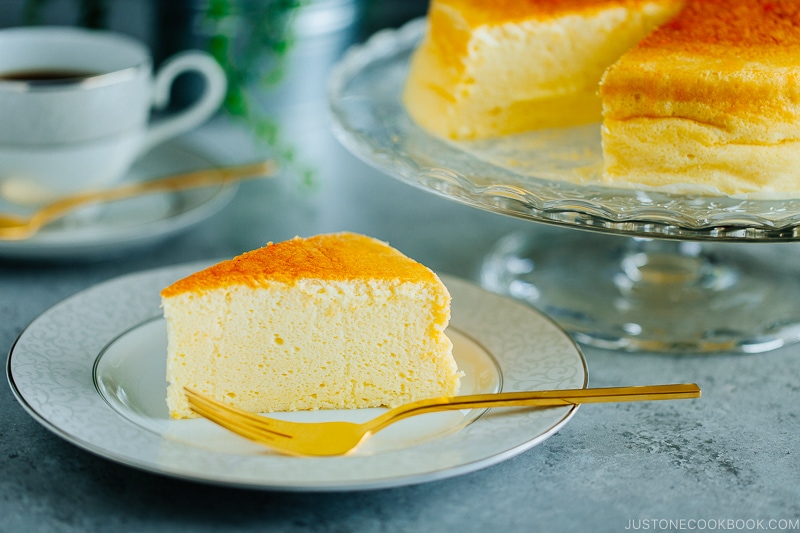
 777 views
777 viewsJapanese Cheesecake
justonecookbook.com
4.7
(356)
85 minutes
Your folders
 251 views
251 viewsJapanese Cheesecake
justonecookbook.com
Your folders
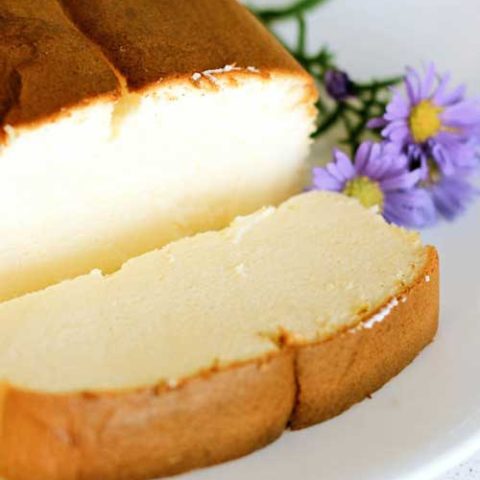
 355 views
355 viewsJapanese Cheesecake
flavorite.net
4.2
(371)
1 hours, 40 minutes
Your folders

 312 views
312 viewsJapanese Cheesecake
allrecipes.com
3.6
(66)
45 minutes
Your folders
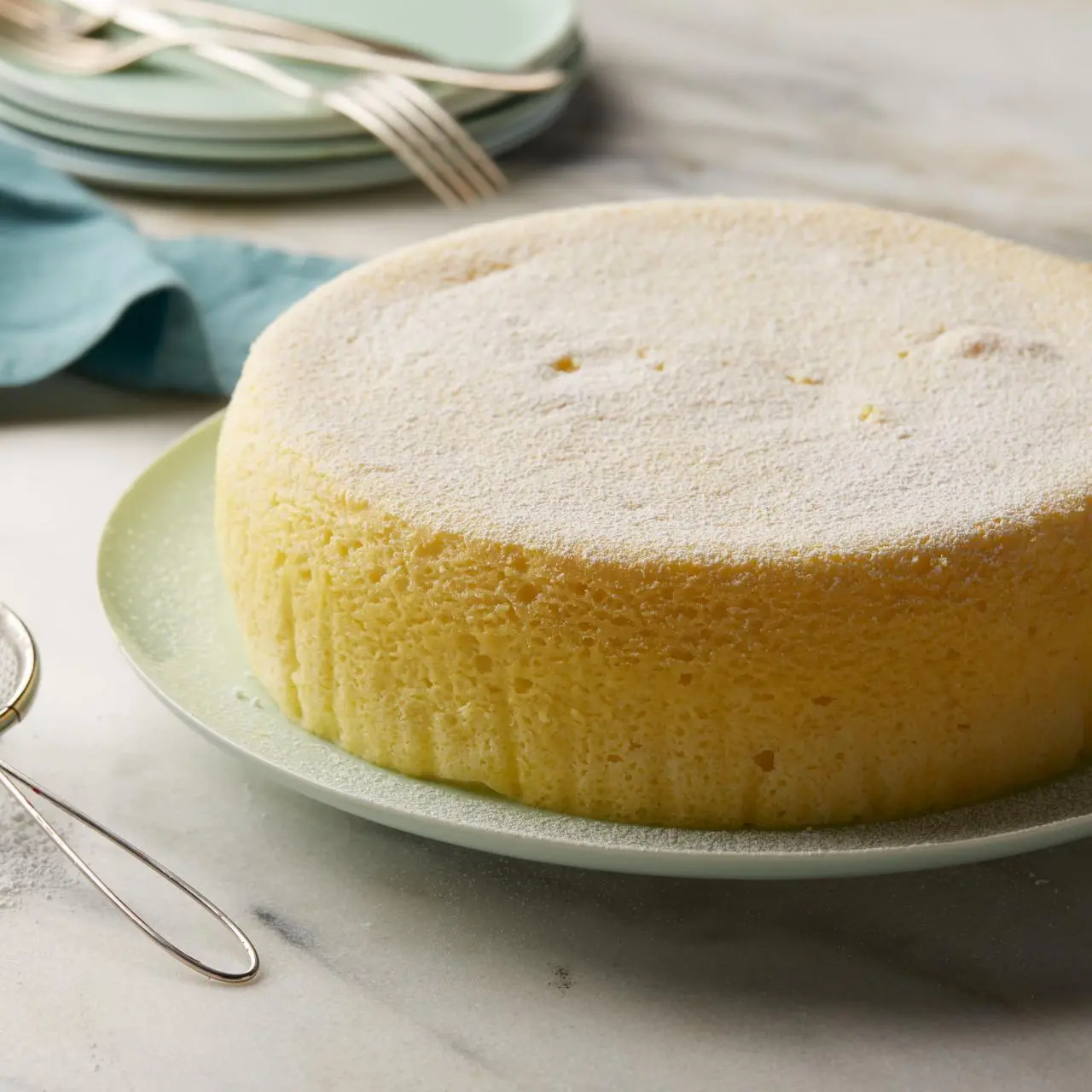
 2 views
2 viewsJapanese Cheesecake
foodnetwork.com
3.9
(30)
35 minutes
Your folders
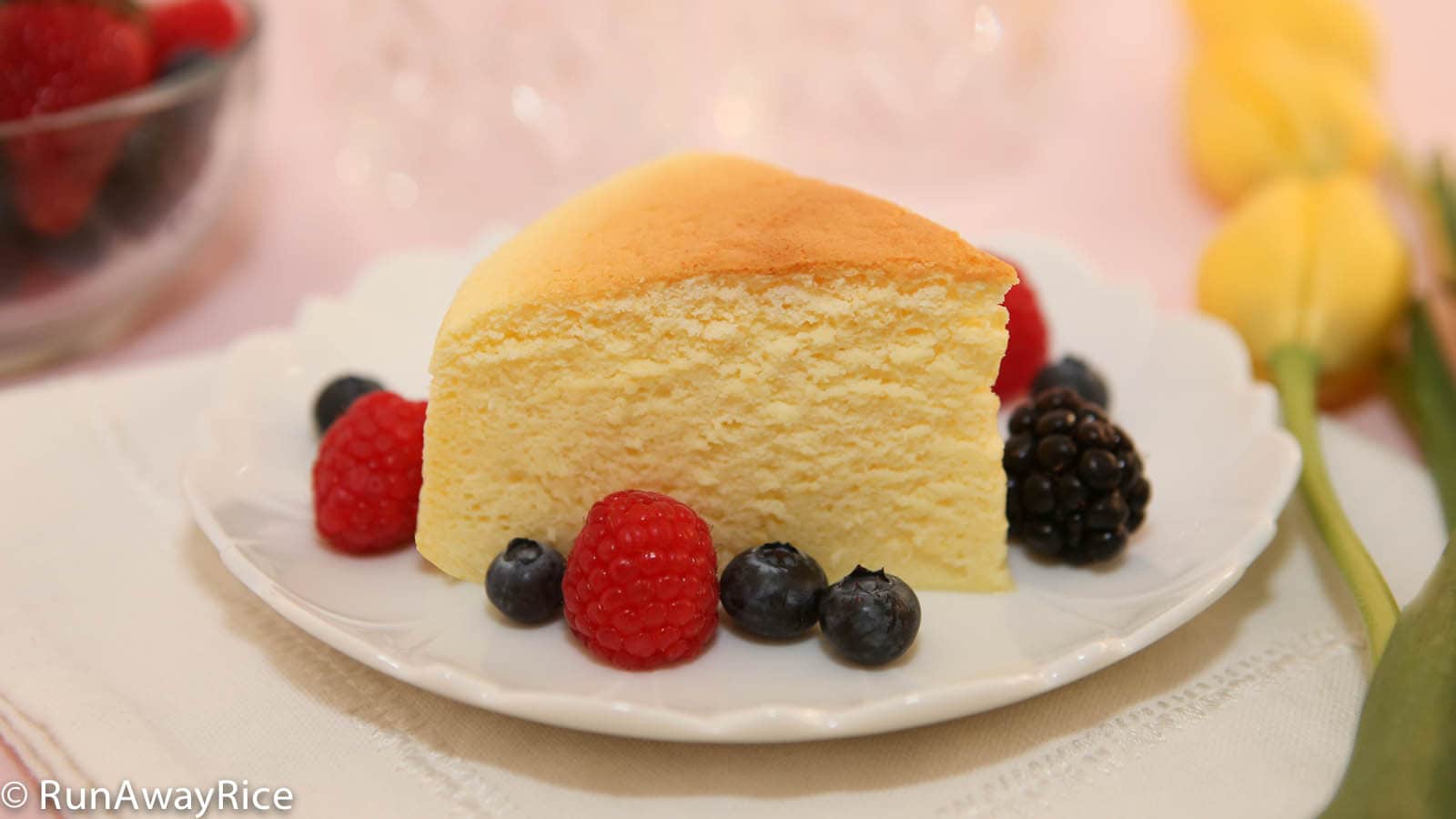
 1319 views
1319 viewsCotton Cheesecake / Japanese Cheese...
runawayrice.com
4.9
(47)
90 minutes
Your folders
 86 views
86 viewsJapanese Cheesecake (Cotton Cheesec...
japan.recipetineats.com
Your folders
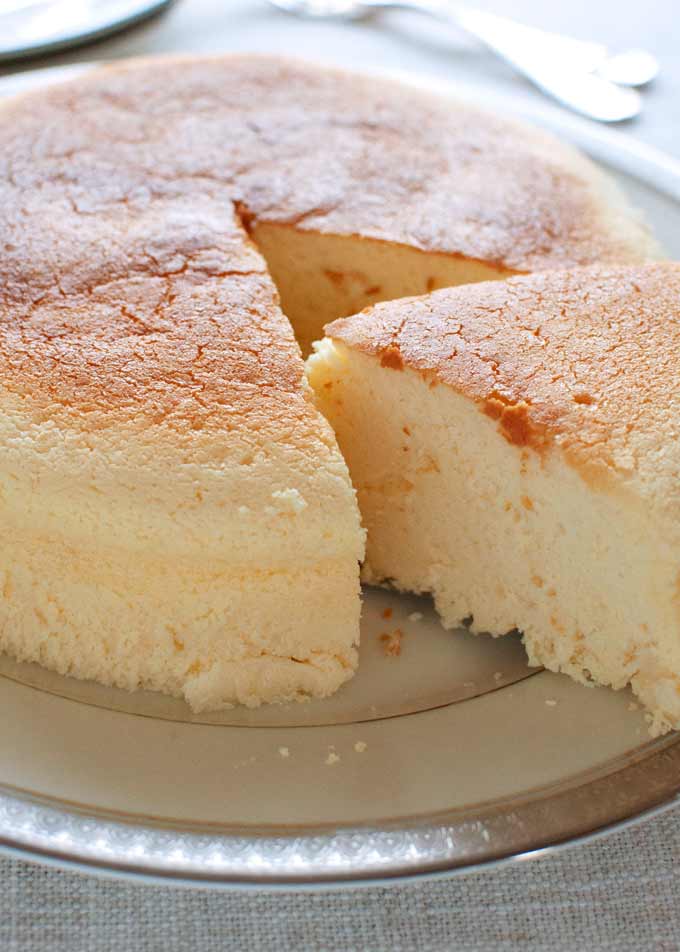
 220 views
220 viewsJapanese Cheesecake (Cotton Cheesec...
japan.recipetineats.com
4.8
(26)
110 minutes
Your folders

 500 views
500 viewsJapanese Cheesecake (Cotton Cheesec...
japan.recipetineats.com
4.6
(27)
110 minutes
Your folders

 815 views
815 viewsMatcha Japanese Cheesecake
craftpassion.com
4.5
(114)
48 minutes
Your folders

 672 views
672 viewsJapanese Cotton Cheesecake
takestwoeggs.com
4.9
(10)
75 minutes
Your folders

 415 views
415 viewsJAPANESE SOUFFLE CHEESECAKE
princessbamboo.com
50 minutes
Your folders
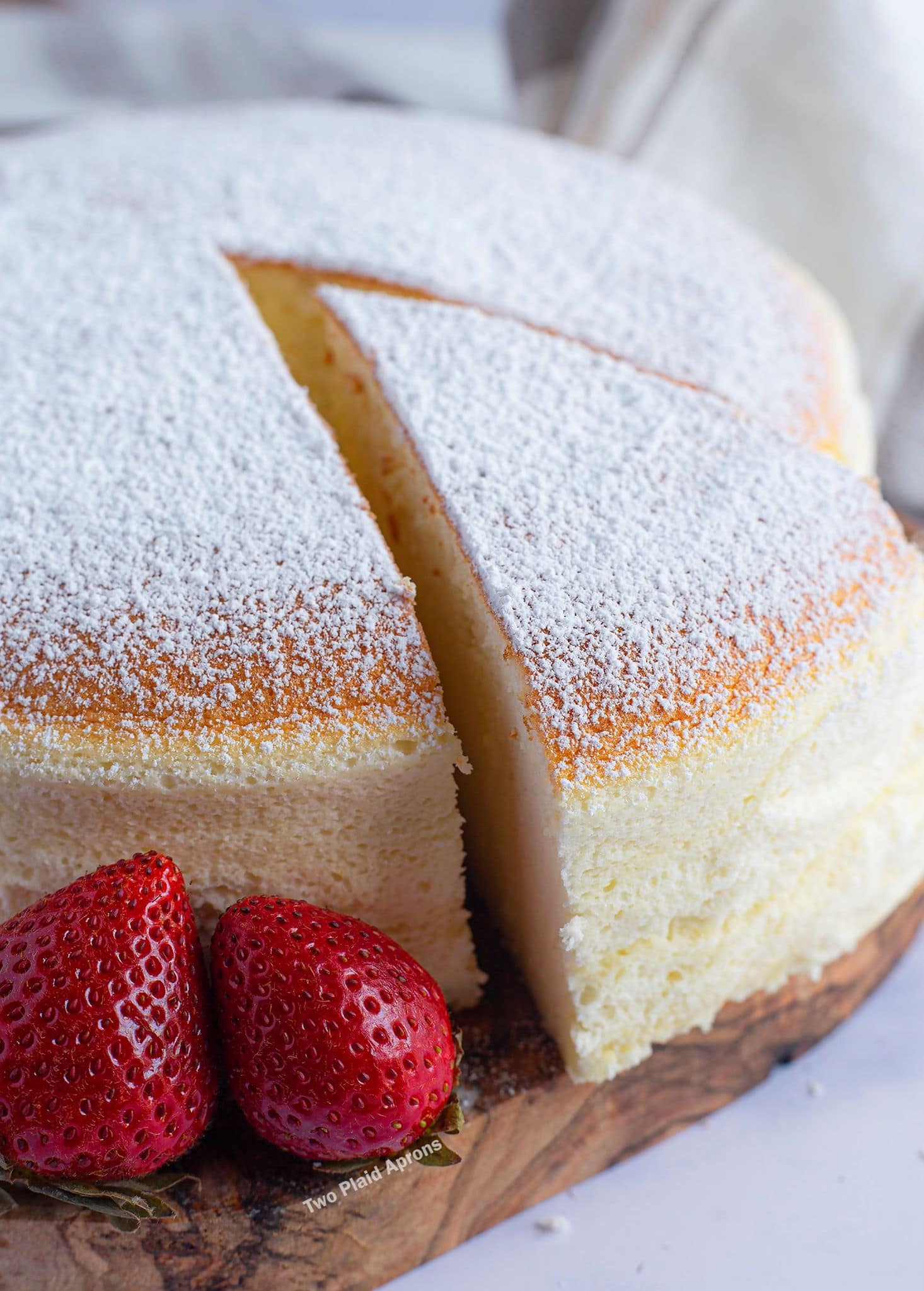
 951 views
951 viewsJapanese Cotton Cheesecake
twoplaidaprons.com
4.6
(9)
40 minutes
Your folders
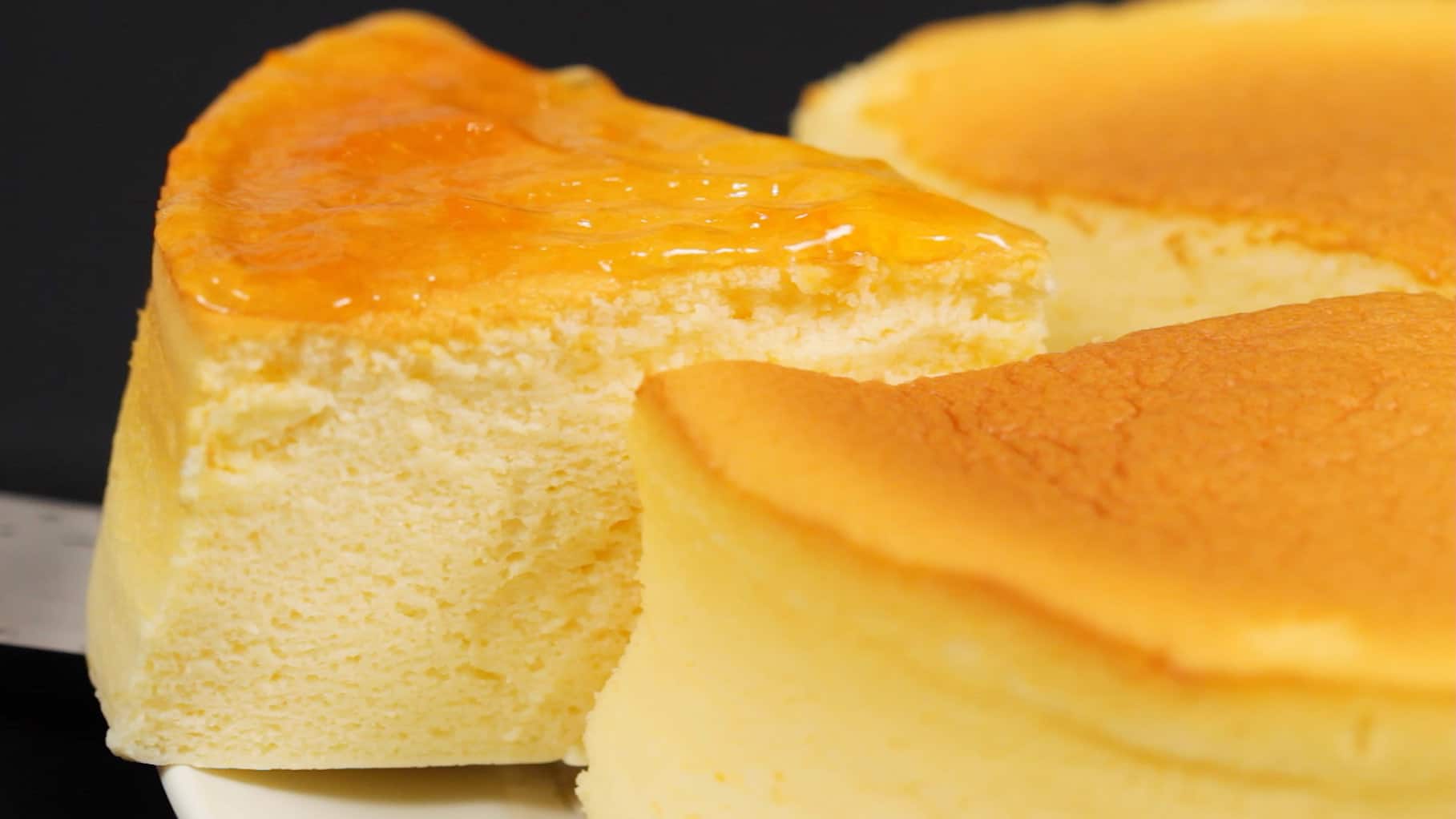
 297 views
297 viewsJapanese Soufflé Cheesecake
cookingwithdog.com
4.2
(1.4k)
Your folders
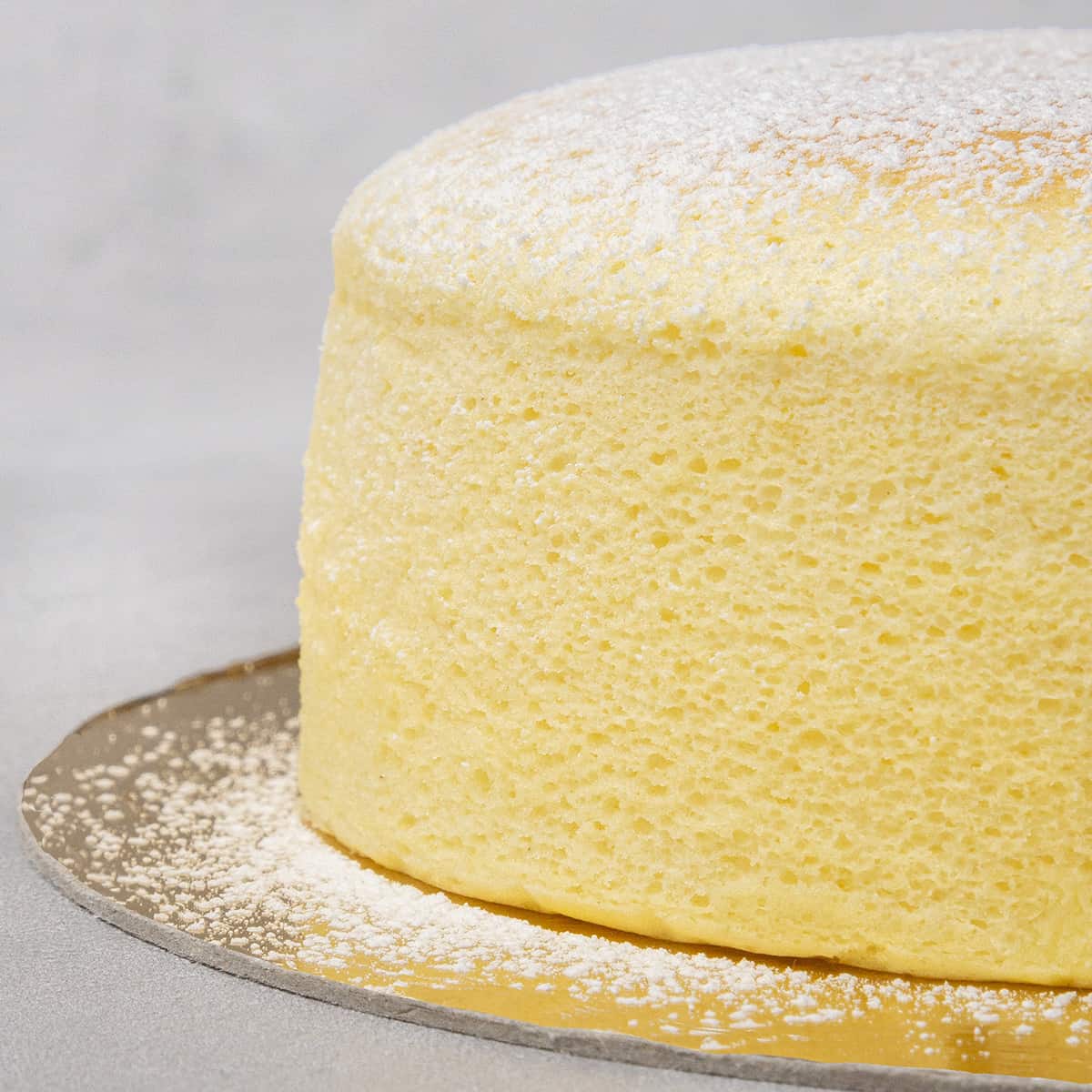
 241 views
241 viewsJiggly Japanese cheesecake
spatuladesserts.com
5.0
(44)
90 minutes
Your folders
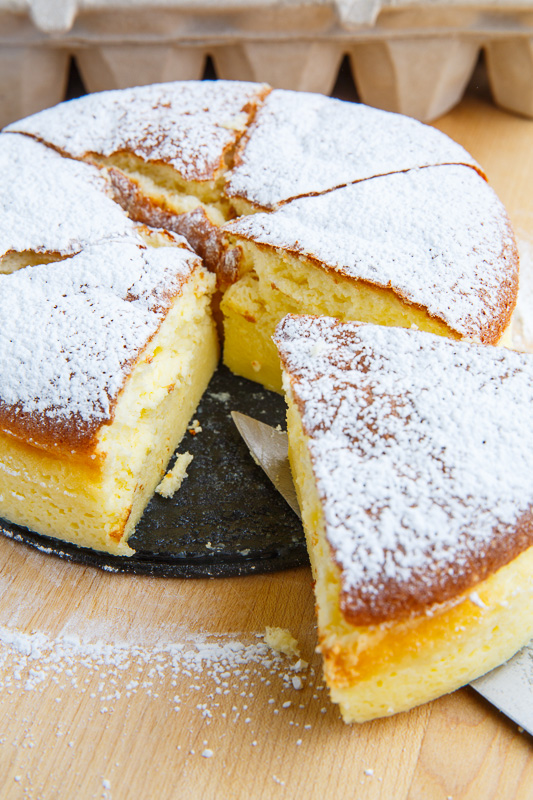
 248 views
248 viewsJapanese Souffle Cheesecake
closetcooking.com
45
Your folders
 71 views
71 viewsFluffy Japanese Cheesecake
thekitchn.com
Your folders
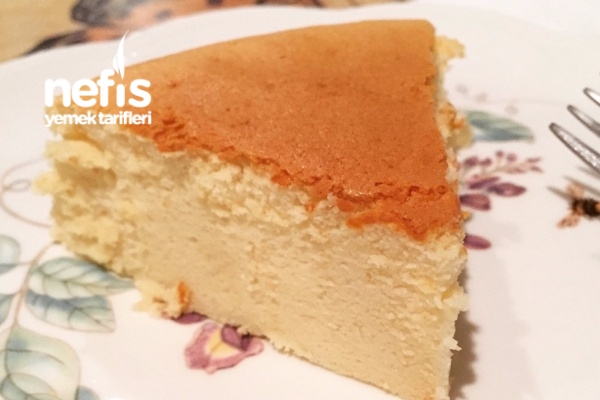
 372 views
372 viewsJapon Usulü Cheesecake – Japanese C...
nefisyemektarifleri.com
5.0